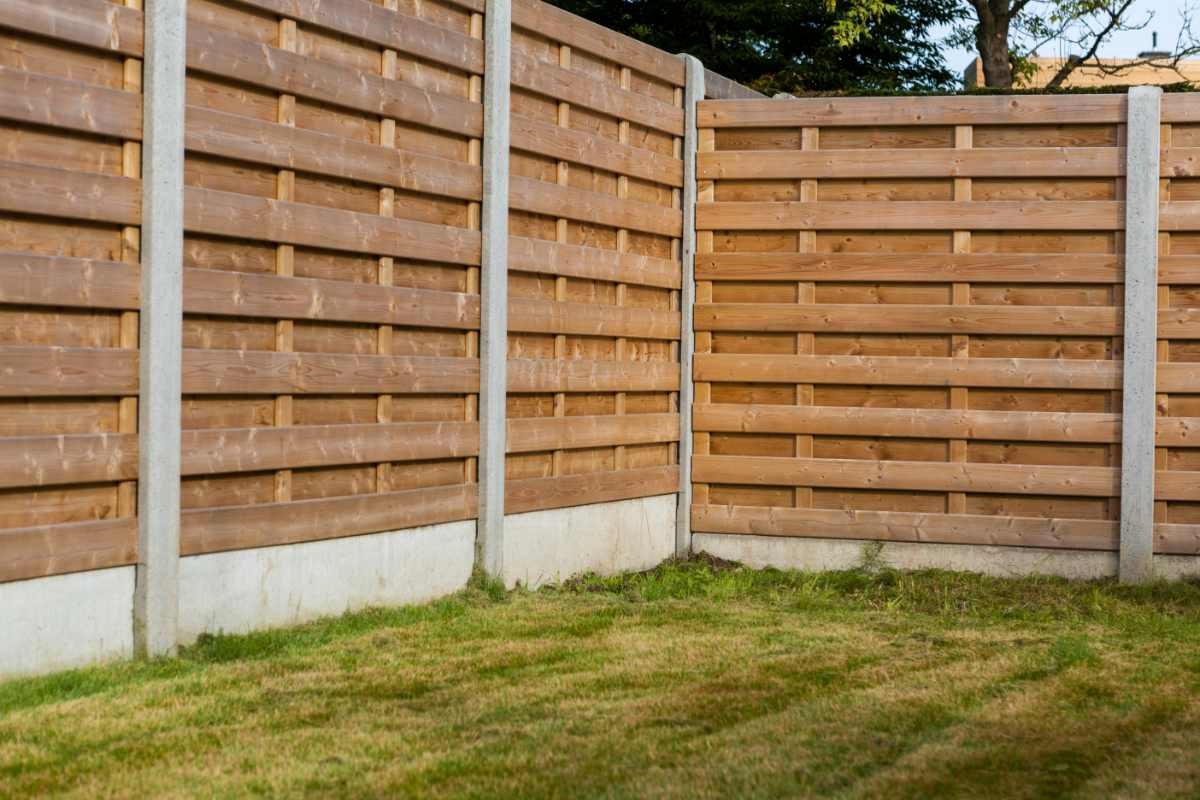

Articles
How To Secure Fence Post
Modified: January 9, 2024
Learn effective techniques and tips in our articles on how to secure fence posts properly. Ensure a sturdy and durable fence with our expert advice.
(Many of the links in this article redirect to a specific reviewed product. Your purchase of these products through affiliate links helps to generate commission for Storables.com, at no extra cost. Learn more)
Introduction
Building a sturdy and secure fence starts with ensuring the proper installation of fence posts. Fence posts provide the foundation and support for your fence, so it is crucial to secure them properly. A secure fence post ensures the stability and durability of the entire fence structure, preventing it from leaning, shifting, or collapsing over time.
In this article, we will guide you through the process of securing fence posts. From planning and preparation to selecting the right type of fence post and implementing additional security measures, we will cover all the essential steps to help you build a strong and reliable fence.
Before diving into the details, it is essential to emphasize the importance of proper planning and preparation before starting your fence installation project. Taking the time to carefully plan and prepare will ensure that you have all the necessary tools and materials on hand, as well as a clear understanding of the project requirements and any specific regulations or permits that may apply in your area.
Key Takeaways:
- Proper planning and preparation are crucial for securing fence posts. Understanding the purpose of the fence, complying with regulations, and gathering necessary tools and materials ensure a smooth installation process.
- Selecting the right fence post material, size, and shape is vital for the stability and longevity of the fence. Proper digging, setting, and securing of the posts, along with additional security measures, enhance the overall integrity of the fence.
Read more: How To Remove Fence Post
Planning and Preparation
Before you begin securing your fence posts, it is crucial to invest some time in planning and preparation. This step will help ensure a smooth and successful fence installation process. Here are a few key considerations:
- Define the purpose of your fence: Before selecting the type of fence posts or designing the fence layout, determine the purpose of your fence. Are you installing a fence for privacy, security, or aesthetic reasons? Understanding your goals will help you make informed decisions throughout the installation process.
- Check local regulations: Research any local regulations or requirements regarding fence installation. Some neighborhoods or municipalities may have specific guidelines regarding the height, material, or location of fences. Complying with these regulations will prevent any issues down the line.
- Measure and mark the fence layout: Measure the area where your fence will be installed and mark the fence layout. This will help you determine the number of fence posts you’ll need and ensure proper spacing between them.
- Gather the necessary tools and materials: Make a list of all the tools and materials you’ll need, such as a post hole digger, level, gravel, concrete, and the appropriate type and size of fence posts. Having everything on hand will prevent delays during the installation process.
- Call utility companies: Contact your local utility companies to identify and mark any underground utility lines before digging. This step is crucial for your safety and prevents any damage to utility lines during the installation process.
By taking the time to plan and prepare for your fence installation, you set yourself up for success and ensure a smooth and efficient process. It also helps you avoid potential mistakes or issues that could arise if you rush into the installation without proper planning.
Selecting the Right Fence Post
Choosing the right type of fence post is essential for ensuring the strength and longevity of your fence. Here are some factors to consider when selecting the appropriate fence post for your project:
- Material: Fence posts are available in various materials, including wood, metal, and vinyl. Each material has its advantages and considerations. Wood posts are commonly used and can be cost-effective, but they require regular maintenance. Metal posts offer durability and strength, while vinyl posts are low-maintenance but may be more expensive.
- Height and width: Consider the height and width of your fence when choosing the size of the fence post. Taller fences or those with heavy materials, such as stone or brick, may require thicker and sturdier posts to bear the weight and withstand wind and other weather conditions.
- Treated vs. untreated: If you opt for wood posts, consider whether you want them to be treated or untreated. Treated wood is resistant to decay and insect infestation, making it more durable and long-lasting. Untreated wood, however, provides a more natural and rustic look.
- Post shape: Fence posts come in different shapes, such as round, square, or rectangular. The shape you choose depends on personal preference and the aesthetics of your fence design.
- Availability and cost: Finally, consider the availability and cost of the fence post materials in your area. It’s essential to balance quality and budget to ensure you choose a fence post that meets your needs without breaking the bank.
Once you have decided on the ideal fence post material, size, and shape, ensure you have enough posts to cover your entire fence layout. Additionally, it’s a good idea to purchase a few extra posts as backups in case any of them get damaged during installation or in the future.
Remember, selecting the right fence post is crucial for the overall stability and durability of your fence. Taking the time to research and choose the appropriate materials will pay off in the long run, ensuring your fence stands strong for years to come.
Digging the Post Hole
Once you have determined the appropriate fence post for your project, it’s time to start digging the post holes. The depth and diameter of the holes are crucial for the stability of the fence posts. Here are the steps to follow when digging the post hole:
- Mark the post hole locations: Using your previously marked fence layout, use stakes or markers to indicate the exact positions where the fence posts will be installed. Ensure the markings are accurate and aligned with your planned fence design.
- Calculate the hole depth: The general rule of thumb is to dig a hole that is one-third the height of the fence post above ground. For example, if you have a 6-foot fence post, the hole should be approximately 2 feet deep. This depth provides stability and prevents the fence from leaning.
- Measure the hole diameter: The diameter of the post hole should be wider than the width of the fence post itself. Typically, a diameter of about 3 times the width of the fence post is recommended. This extra space allows for the placement of gravel and concrete for added support.
- Start digging: Using a post hole digger or a mechanical auger, begin digging the hole. Start at the marked location and go straight down. Take breaks as needed to remove soil and debris from the hole to maintain a clear workspace.
- Check the depth and width: Periodically check the hole’s depth and width using a measuring tape or a level board. Ensure it matches the required dimensions for the fence post installation.
- Remove any obstacles: During the digging process, you may encounter tree roots, rocks, or other underground obstacles. Remove any obstructions to ensure the hole is clear and the fence post can be properly installed.
It’s important to dig each post hole one at a time, ensuring they are spaced evenly according to your fence layout. Take your time to ensure the accuracy of each hole, as any discrepancies can affect the overall alignment and stability of the fence.
Remember to prioritize safety when digging the post holes. Wear protective gloves and eyewear, and be cautious of any nearby utility lines or other potential hazards. By following these steps and taking the necessary precautions, you’ll be on your way to securing your fence posts properly.
When securing fence posts, make sure to dig the hole at least one-third the length of the post and use concrete to set the post securely in place. This will help prevent leaning or shifting over time.
Setting the Fence Post
Once the post holes have been properly dug, it’s time to set the fence posts in place. This process involves carefully placing the posts in the holes and securing them to ensure stability. Here’s how to set the fence posts correctly:
- Prep the hole: Before placing the fence post, pour a few inches of gravel into the bottom of the hole. This helps with drainage and prevents the bottom of the post from sitting in water, which can lead to rotting.
- Position the post: Carefully place the fence post into the hole, ensuring it is centered and upright. Use a level to check that the post is plumb (perpendicular to the ground) on all sides.
- Temporary support: To keep the post in position while securing it, use temporary bracing. Attach 2×4 boards diagonally from the top of the post to the ground, creating a support structure that prevents the post from leaning or falling.
- Mix and pour concrete: Prepare a batch of quick-setting concrete mix according to the manufacturer’s instructions. Pour the concrete into the hole around the post, making sure to fill it up to about 2-3 inches below ground level. The concrete provides stability and prevents the post from shifting over time.
- Check post alignment: While the concrete is still wet, recheck the post alignment using a level. Make any necessary adjustments to ensure the post remains perfectly upright and plumb.
- Clean up excess concrete: Use a trowel or shovel to smoothen the concrete surface and remove any excess material around the base of the post. This improves the appearance and prevents tripping hazards.
- Allow for curing: Let the concrete cure as per the manufacturer’s instructions before removing the temporary bracing. This typically takes about 24-48 hours.
It’s important to note that when setting multiple fence posts, it’s best to complete one post at a time before moving on to the next. This allows for greater precision and ensures each post is securely set before the concrete begins to cure.
By following these steps, you’ll properly set each fence post, laying the foundation for a stable and long-lasting fence. Taking the time to set the posts correctly will ensure the overall integrity and durability of your fence structure.
Read more: How To Extend Fence Posts
Securing the Fence Post
Once the fence posts have been set in concrete, the next step is to secure them further to ensure maximum stability. This involves adding additional support and reinforcement to prevent the posts from shifting or leaning over time. Here’s how to secure the fence posts properly:
- Attach support boards: Install support boards between the fence posts. These boards, also known as stringers, are typically placed horizontally and provide additional strength and rigidity to the fence structure. Use screws or nails to secure the support boards to each post.
- Install fence rails: Depending on your fence design, you may need to install fence rails. These are vertical or horizontal beams that connect the fence posts and provide a framework for attaching the fence panels or boards. Secure the fence rails to the fence posts using screws or nails.
- Check for alignment: Use a level to check the alignment of the fence posts, support boards, and fence rails. Make any necessary adjustments to ensure everything is straight and even.
- Strengthen with additional hardware: To further secure the fence posts, consider using additional hardware such as brackets or post anchors. These can be attached to the post and the support boards or fence rails to provide extra reinforcement and stability.
- Add tension wire or braces: In cases where additional reinforcement is needed, especially for taller or longer fence installations, consider adding tension wire or braces. These help distribute the weight and tension across the entire fence, reducing the strain on individual posts.
Remember to use quality hardware and materials when securing the fence posts. This ensures durability and prevents any weak points in the fence structure. Additionally, regularly inspect the fence and its attachments over time to identify any areas that may require maintenance or further reinforcement.
Properly securing the fence posts is crucial for the overall stability and longevity of your fence. By following these steps and implementing the necessary reinforcements, you can enjoy a sturdy and reliable fence that will withstand the test of time.
Additional Security Measures
In addition to properly securing the fence posts, there are several additional measures you can take to enhance the security of your fence. These measures can help deter intruders, protect your property, and ensure the long-term durability of your fence. Here are some key security measures to consider:
- Add a lockable gate: If your fence includes a gate, consider installing a lockable mechanism. This prevents unauthorized access and adds an extra layer of security to your property.
- Install security cameras: Strategically place security cameras around your property, focusing on the areas covered by the fence. This helps deter potential intruders and provides surveillance for added security.
- Add motion sensor lights: Install motion sensor lights along the perimeter of your fence. These lights automatically turn on when motion is detected, alerting you to any potential activity near your fence and discouraging trespassers.
- Trim vegetation: Keep the vegetation around your fence trimmed and well-maintained. Overgrown plants can provide cover for intruders and may cause damage to the fence structure over time.
- Apply an anti-climbing deterrent: To prevent unauthorized access over the fence, consider applying an anti-climbing deterrent such as prickly bushes or strategic placement of thorny vines.
- Regular maintenance: Regularly inspect and maintain your fence to address any damage or weak points. Replace any broken boards or panels, repair loose connections, and ensure the overall integrity of the fence remains intact.
By implementing these additional security measures, you can enhance the security of your property and maintain the integrity of your fence. Remember, a secure fence not only provides physical protection but also adds value and aesthetic appeal to your property.
It’s important to assess your specific security needs and customize these measures accordingly. Consider consulting with a security expert or professional to ensure you have the most effective security measures in place.
Conclusion
Securing your fence posts is essential for creating a stable, durable, and secure fence. From proper planning and preparation to selecting the right fence post and implementing additional security measures, each step plays a crucial role in the overall integrity of your fence. By following the guidelines outlined in this article, you can ensure that your fence stands strong for years to come.
Starting with careful planning and preparation, ensure you understand the purpose of your fence and comply with any local regulations. Selecting the right fence post material, size, and shape is vital in determining the strength and longevity of your fence. Digging the post hole to the correct depth and diameter is necessary for proper installation, and setting the fence post in concrete provides stability and resistance to shifting.
Once the fence posts are set, securing them with support boards, fence rails, and additional hardware helps to reinforce the structure and prevent leaning or movement. Consider implementing additional security measures such as lockable gates, security cameras, motion sensor lights, and regular maintenance to enhance the security and longevity of your fence.
Remember, every step is crucial in the fence installation process. Take the time to plan, select quality materials, and follow proper techniques to ensure a successful and secure fence. Periodically inspect the fence and address any maintenance needs promptly to prevent any potential issues from escalating.
Building a secure fence takes time, effort, and attention to detail, but the payoff is a beautiful, strong, and protective addition to your property. By following the steps outlined in this article, you can create a fence that not only enhances the aesthetics of your property but also provides the security and peace of mind that you desire.
Frequently Asked Questions about How To Secure Fence Post
Was this page helpful?
At Storables.com, we guarantee accurate and reliable information. Our content, validated by Expert Board Contributors, is crafted following stringent Editorial Policies. We're committed to providing you with well-researched, expert-backed insights for all your informational needs.
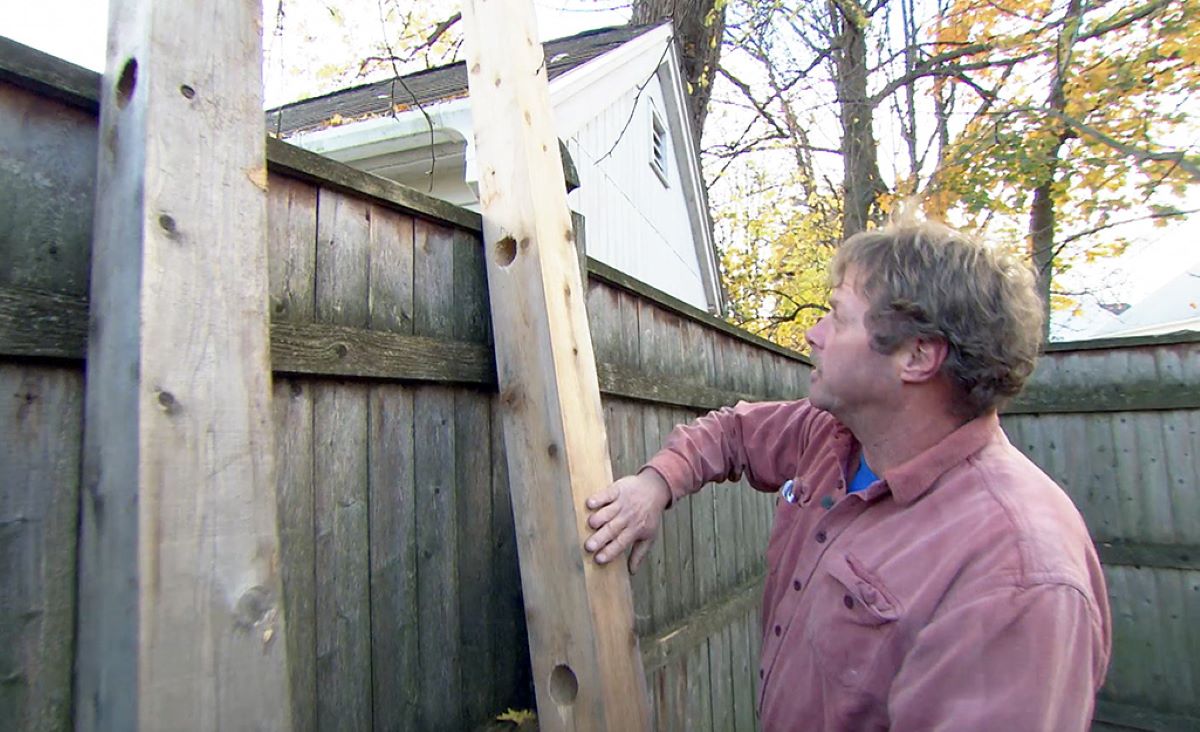
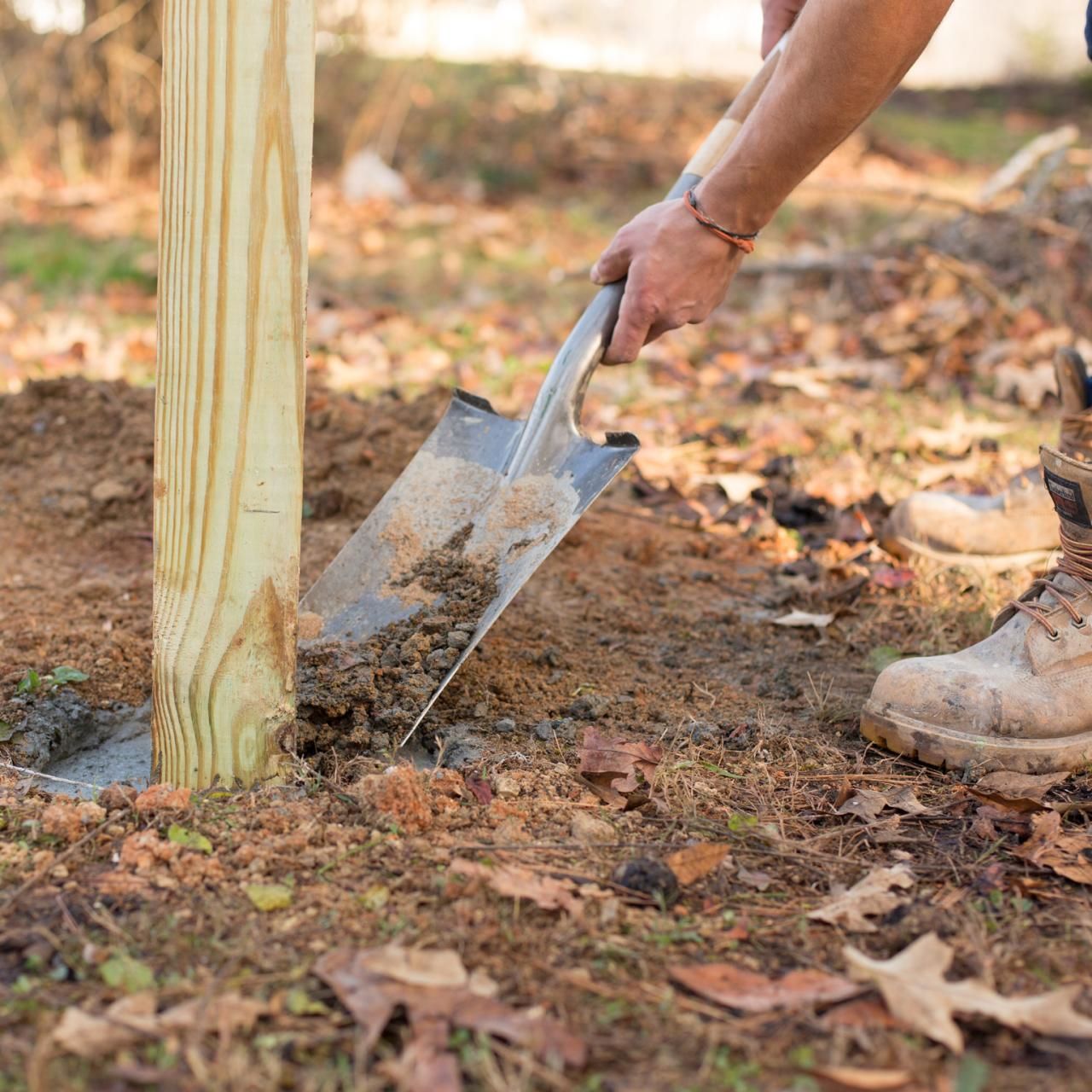
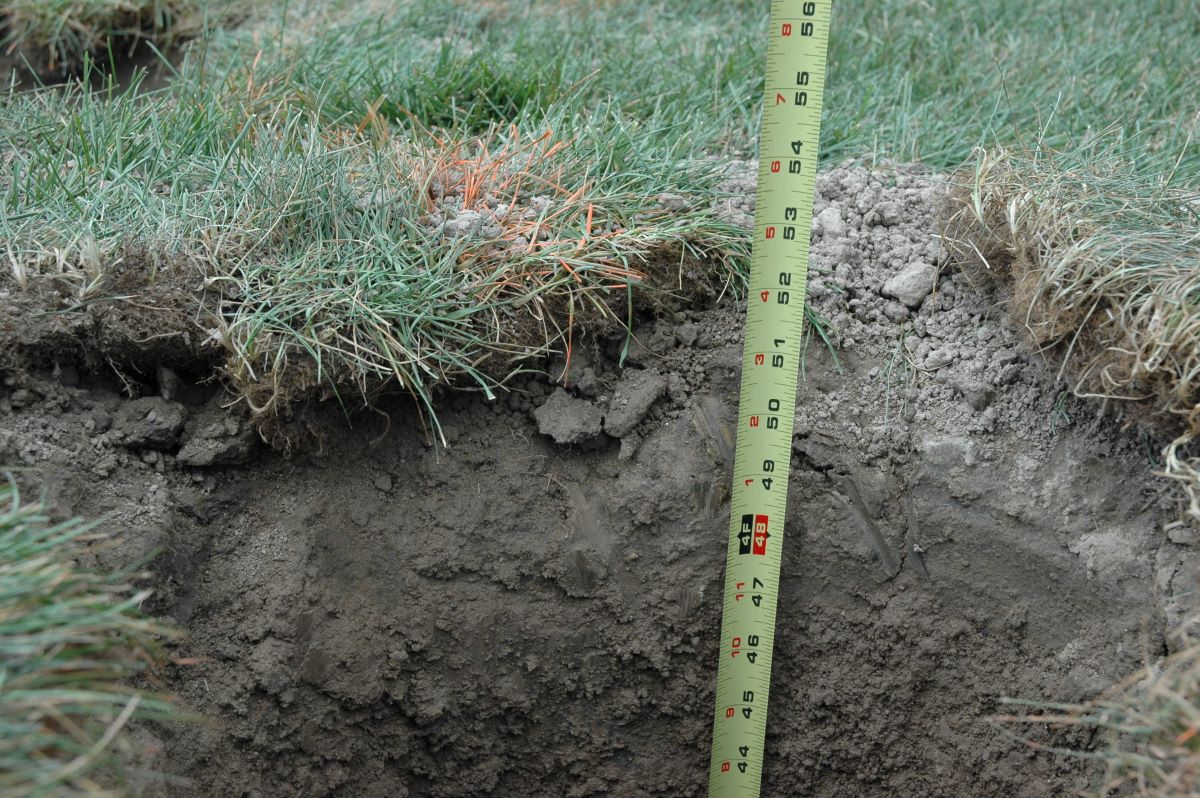
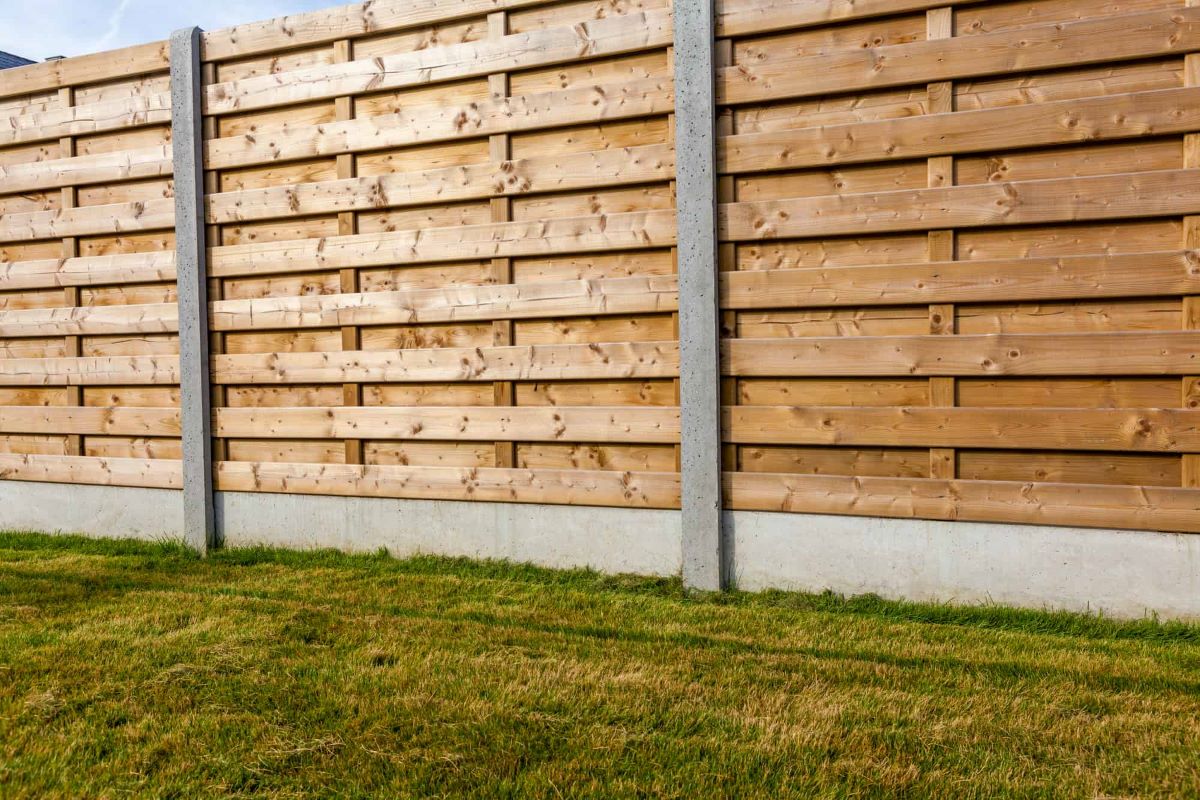
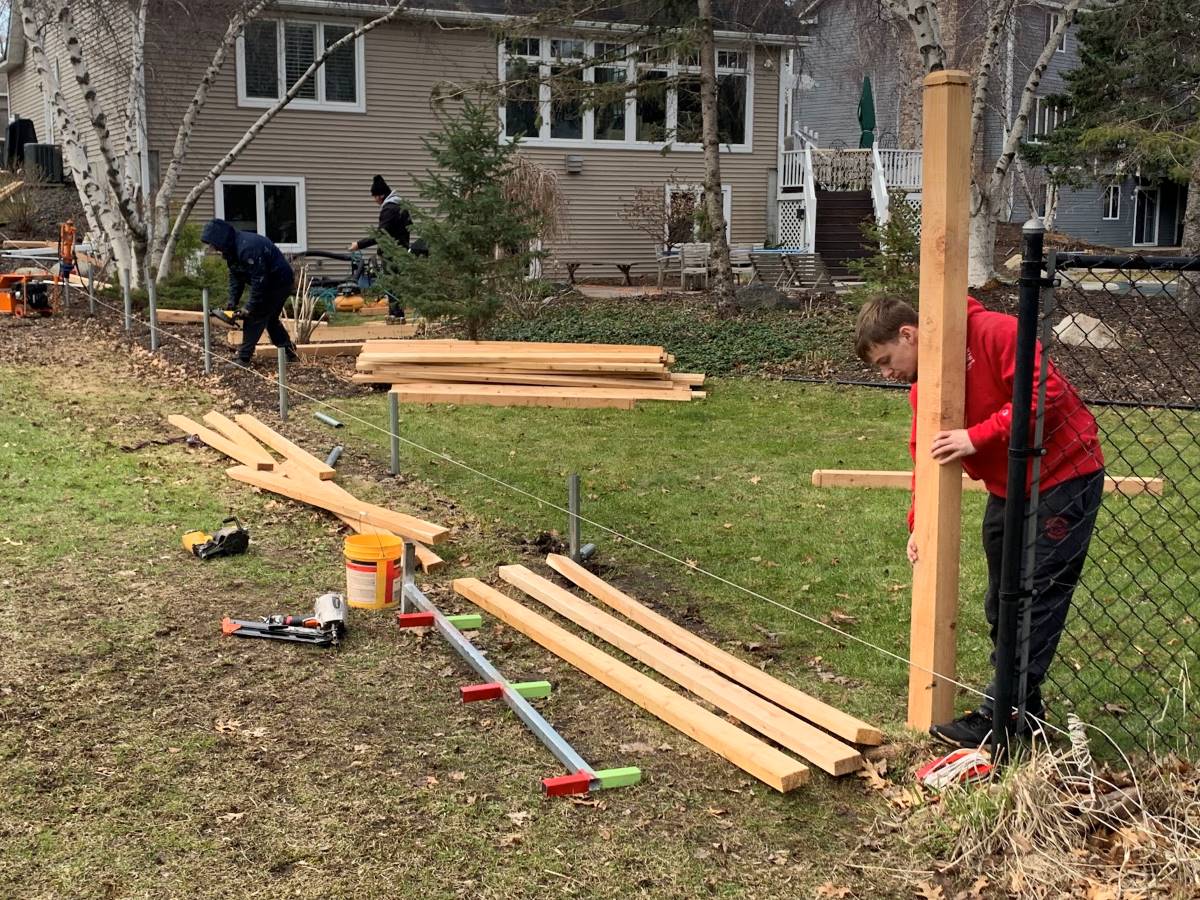
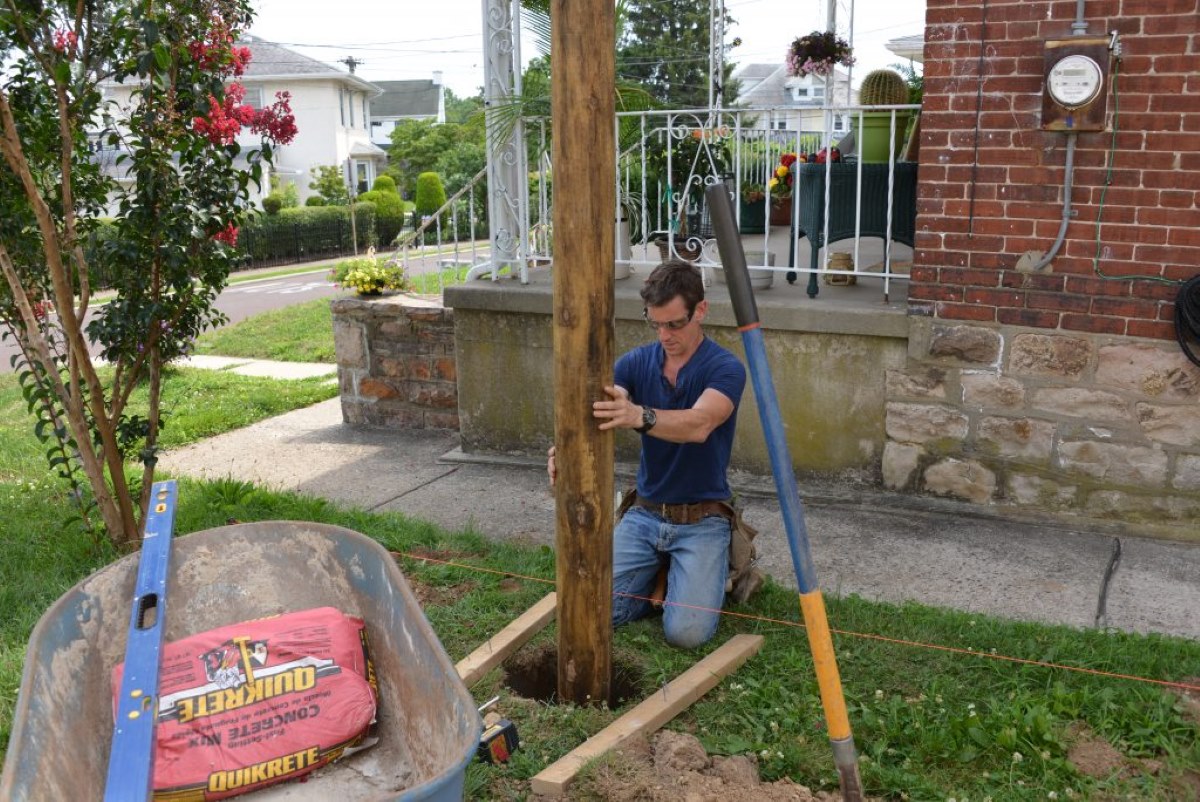
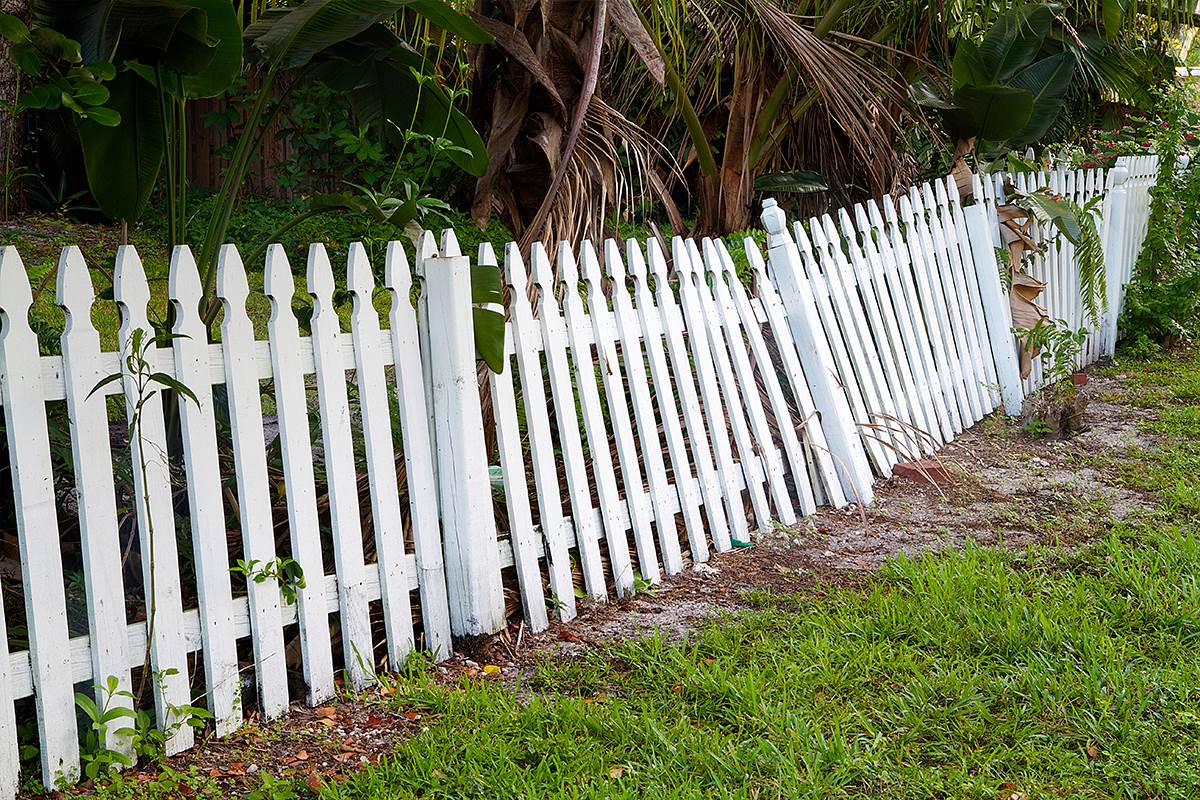
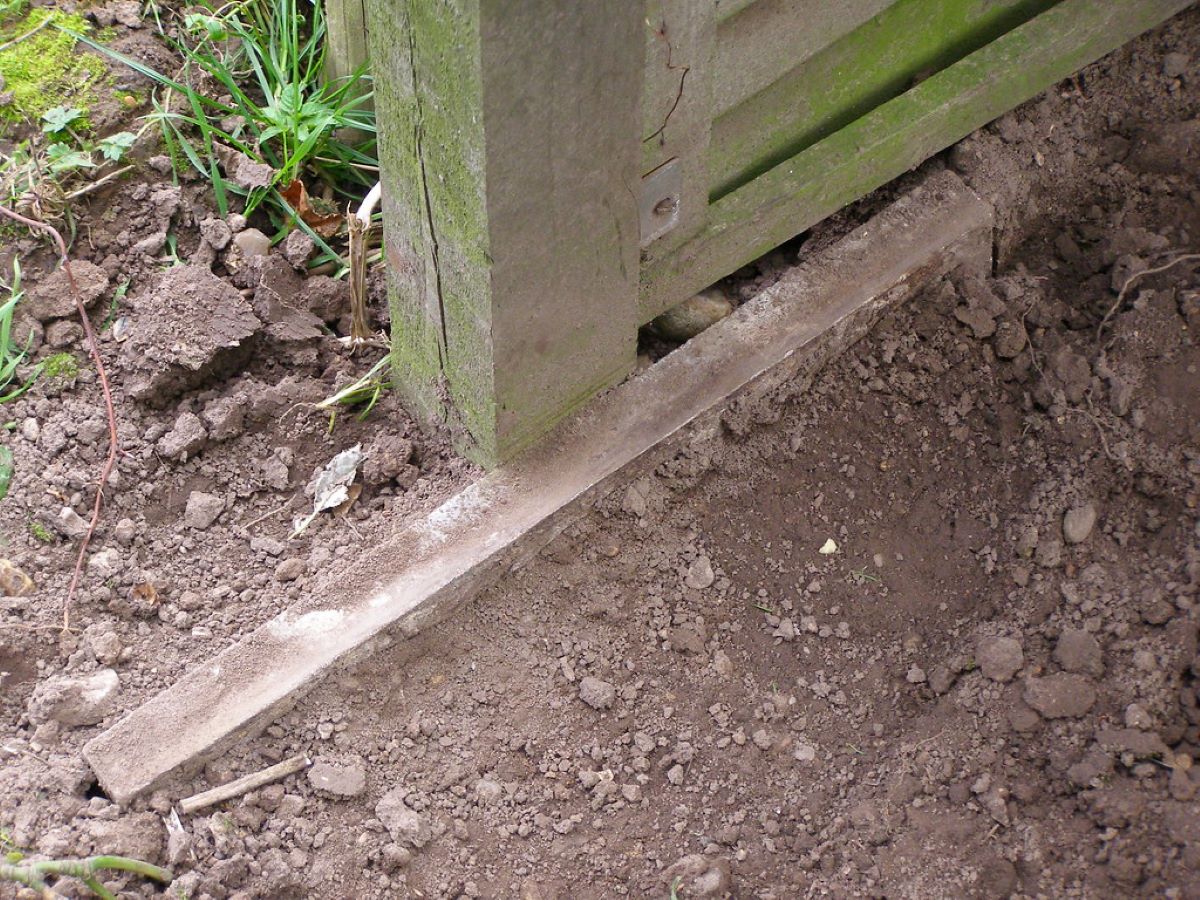
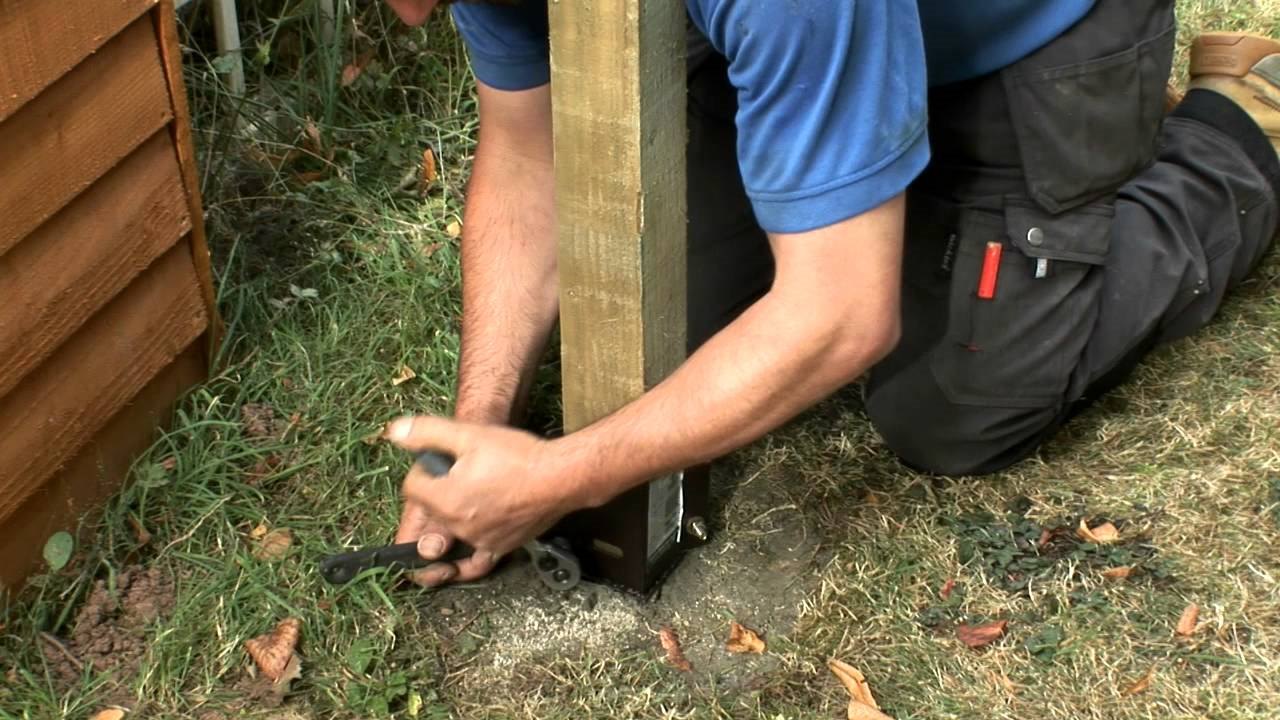
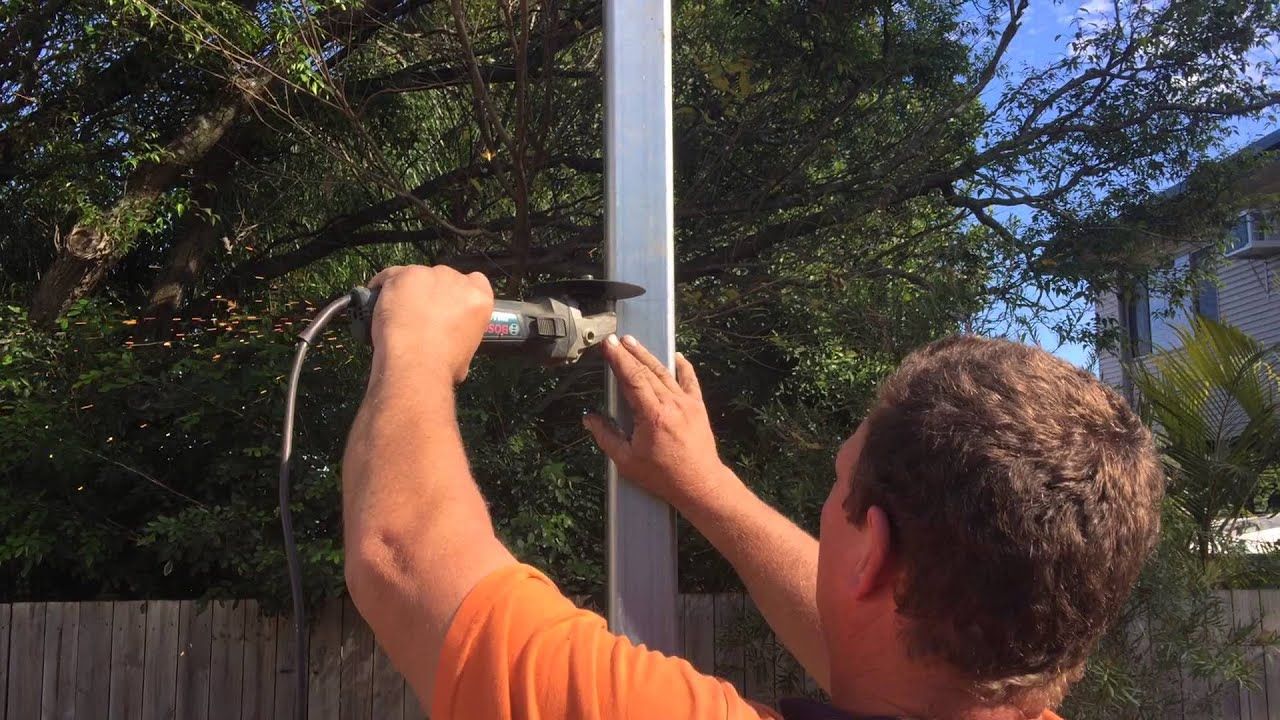
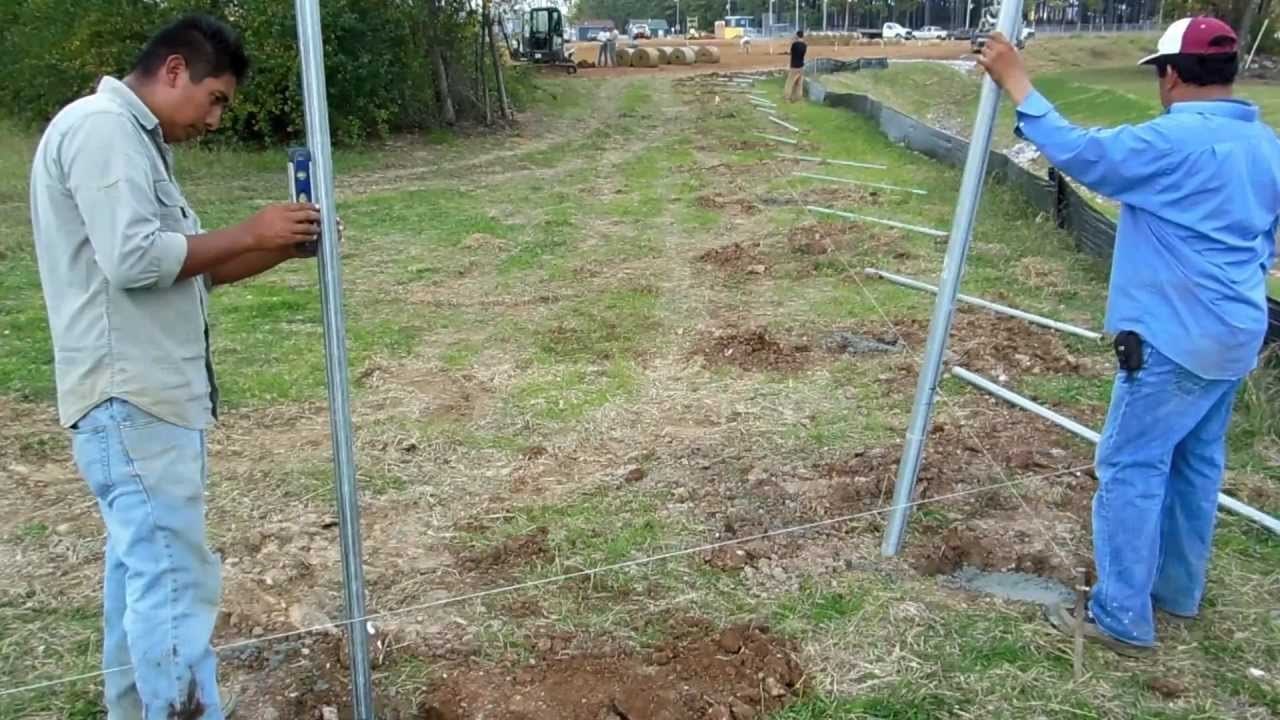
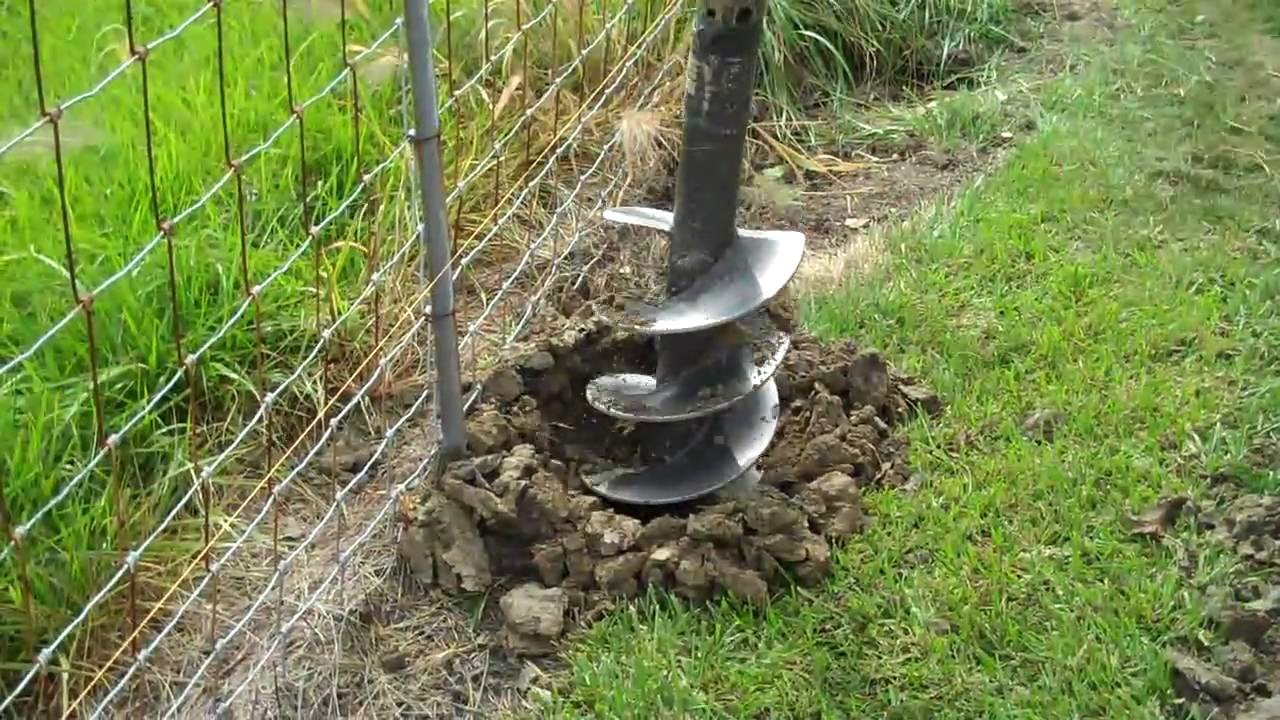
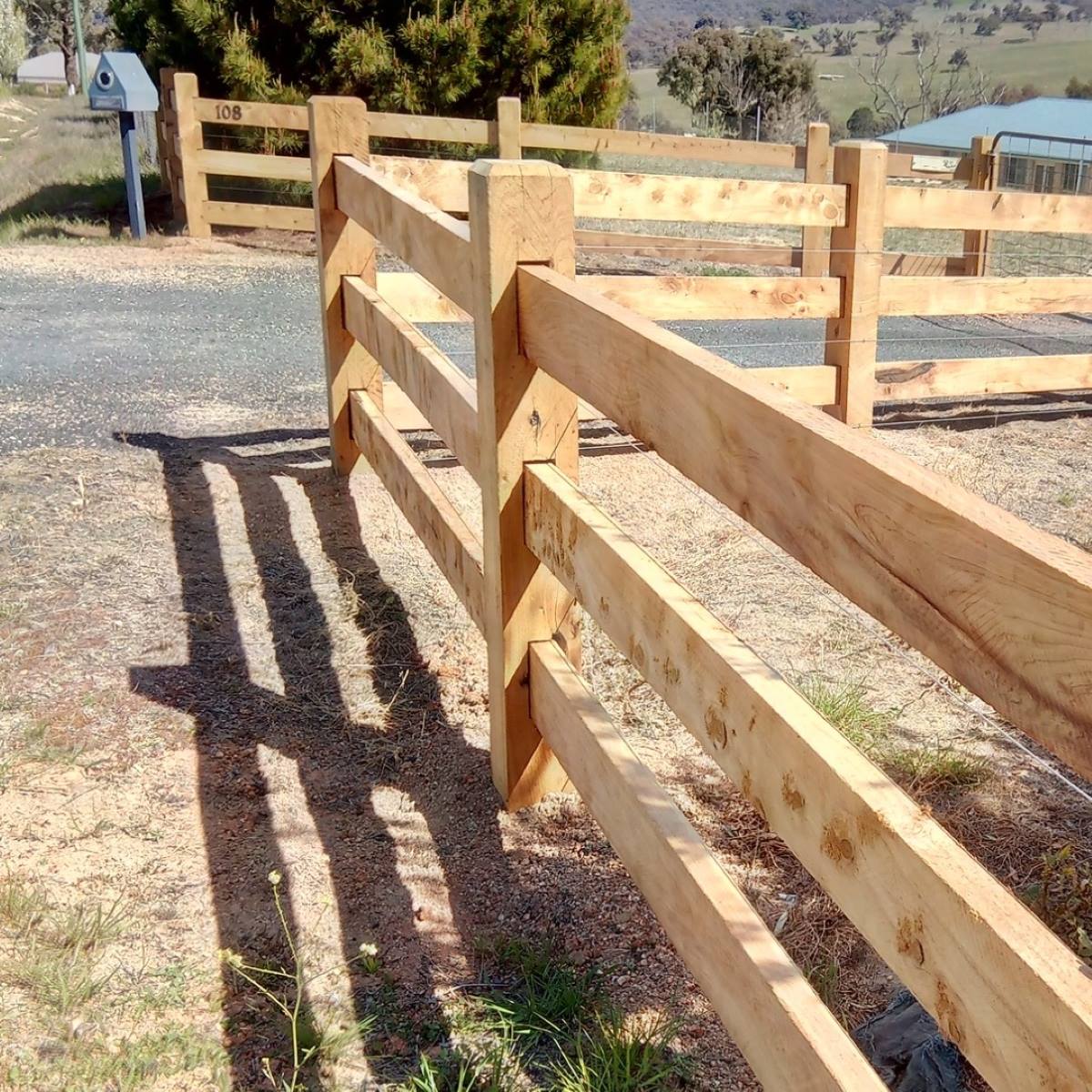
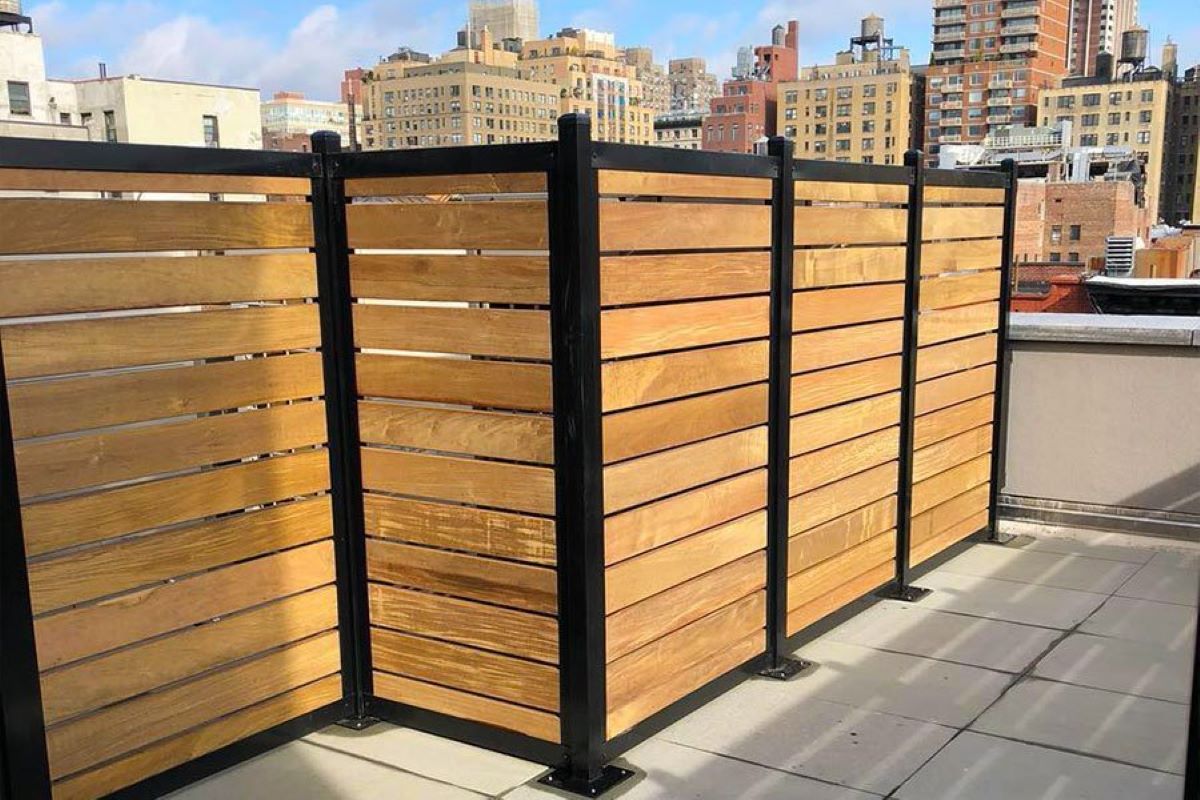

0 thoughts on “How To Secure Fence Post”